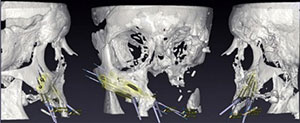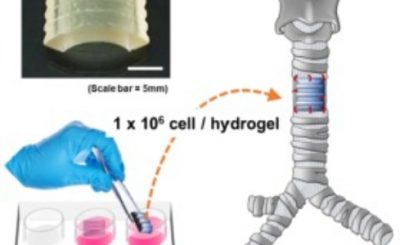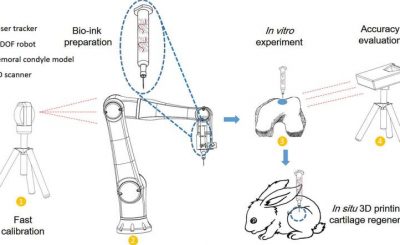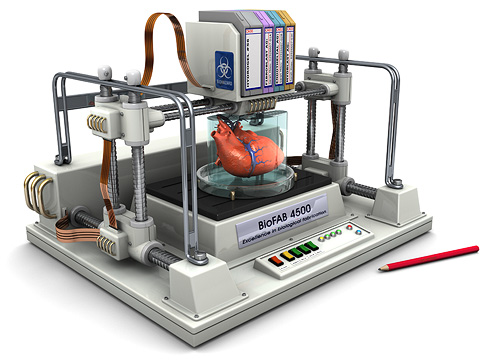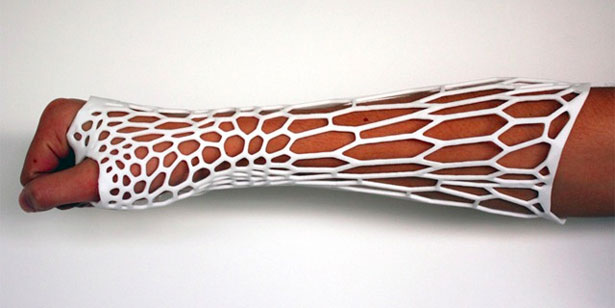As 3D technology continues to expand in all directions, one application that is emerging from the medical field is the 3D representation of the human body. I’ve always had a vague idea of how 3D modeling the human body and its function could be helpful to practitioners and patients, but after seeing a 3D human visualization platform first-hand during a presentation from 
The similarities between simulated flow and physical flow
In order to create the physical 3D printed comparison, Dr. Randles and her team collaborated with David Frakes, an engineer located at Arizona State University whose groundbreaking research we’ve covered in the past. Frakes helped to 3D print a model of the scanned aorta in order to forge a transparent mold, through which the flow of the fluid was tracked with reflective particles. The team was pleased to see that the blood flow in both the physical and digital aorta models were extremely similar. But they aren’t quite finished with the human body just yet. Now, the research team is working on building a mesh model of Harvey’s veins, and ultimately hope to embed capillaries into the 3D human body system, which will allow them to delve deeper and predict the movement of individual blood cells.

The other hope is that their supercomputer-generated 3D model will someday be used for patient-specific scenarios, where input parameters would make it possible to represent the personalized model without the need of the supercomputer. All-in-all, the research team hopes to continue mapping out our blood flow’s freeway, and continue to prove that digitizing the human body will help us better understand what is actually happening in the physical world.
information

